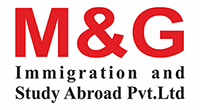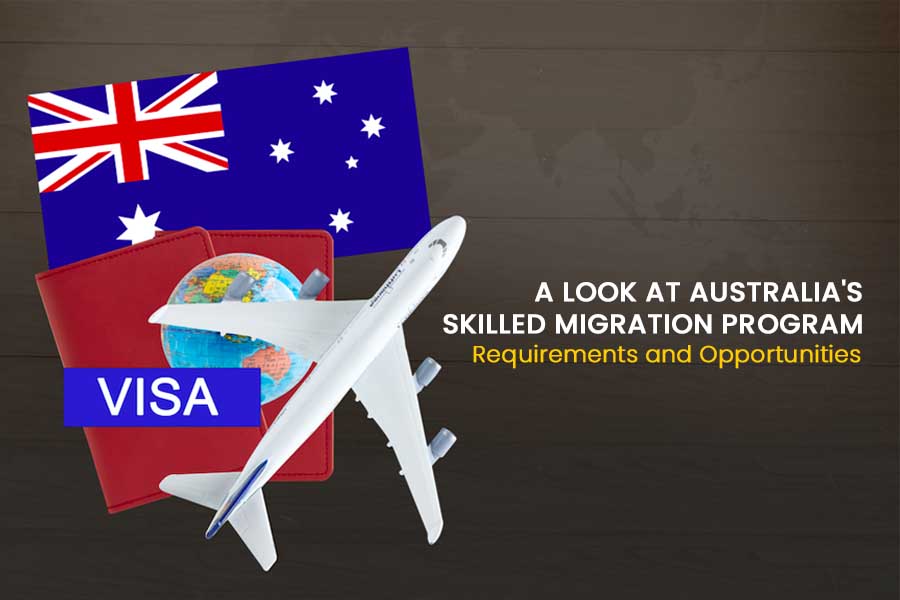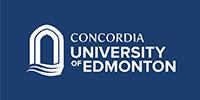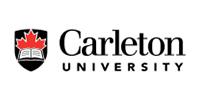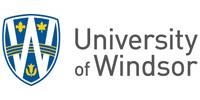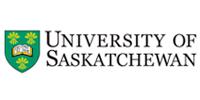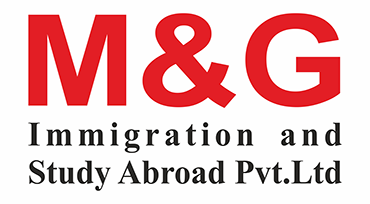Australia’s Skilled Migration Program stands as a beacon for individuals worldwide seeking opportunities for work, residence, and a vibrant lifestyle in a diverse and thriving nation. Renowned for its welcoming stance toward skilled professionals, the program offers various pathways for immigrants to contribute to Australia’s workforce while fostering personal and professional growth. This comprehensive guide delves into the program’s intricacies, outlining its requirements, pathways, and the myriad opportunities it presents.
Overview of Australia’s Skilled Migration Program
The Skilled Migration Program in Australia operates through different visa subclasses tailored to accommodate diverse skill sets and occupations. This program prioritizes individuals possessing skills and qualifications that align with Australia’s labor market needs.
Visa Pathways and Requirements
Skilled Independent Visa (Subclass 189):
The Subclass 189 visa is designed for skilled workers who are not sponsored by an employer, state, or family member. To qualify, applicants must:
- Nominate an occupation from the Skilled Occupation List (SOL).
- Obtain a suitable skills assessment for the nominated occupation.
- Score a minimum number of points based on factors such as age, English proficiency, work experience, and education.
Skilled Nominated Visa (Subclass 190):
The Subclass 190 visa requires nomination by an Australian state or territory government. Key requirements include:
- Nomination by a state or territory government.
- Meeting the occupation, skills assessment, and point-based requirements similar to the Subclass 189 visa.
Skilled Work Regional (Provisional) Visa (Subclass 491):
This visa subclass is for skilled workers nominated by a state or territory government or sponsored by an eligible family member residing in a designated regional area. Requirements include:
- Nomination or sponsorship by an eligible entity.
- Meeting the occupation, skills assessment, and points criteria, along with a commitment to live and work in a designated regional area.
Application Process and Criteria
Points-Based System:
Applicants accrue points based on factors such as age, English language proficiency, work experience, education qualifications, and sponsorship or nomination.
Skills Assessment:
Applicants must undergo a skills assessment by a relevant assessing authority to verify their qualifications and suitability for the nominated occupation.
Expression of Interest (EOI):
Prospective migrants must submit an EOI through the online SkillSelect system, detailing their skills, qualifications, and interest in migrating to Australia. Successful applicants are invited to apply for a visa based on their points score and demand for their skills.
Benefits and Opportunities
Access to High-Demand Occupations:
The program grants access to a broad range of occupations in demand across various industries, providing opportunities for career growth and development.
Permanent Residency Pathway:
Several visa subclasses in the program can lead to permanent residency in Australia, offering the possibility of settling and enjoying the benefits of Australian citizenship.
Quality of Life:
Australia’s enviable lifestyle, robust healthcare system, excellent education, and diverse cultural experiences make it an attractive destination for skilled migrants seeking a high quality of life.
Final Thoughts:
Australia’s Skilled Migration Program remains an avenue of promise for skilled individuals worldwide, offering a gateway to a prosperous and enriching life Down Under. Understanding the visa pathways, meeting eligibility criteria, and navigating the application process is pivotal for aspirants looking to seize the myriad opportunities and contribute to Australia’s dynamic and thriving economy. This guide serves as a roadmap, illuminating the program’s requirements and highlighting the boundless prospects it offers to those aspiring to call Australia home.















